Geert has no shortage of ideas.
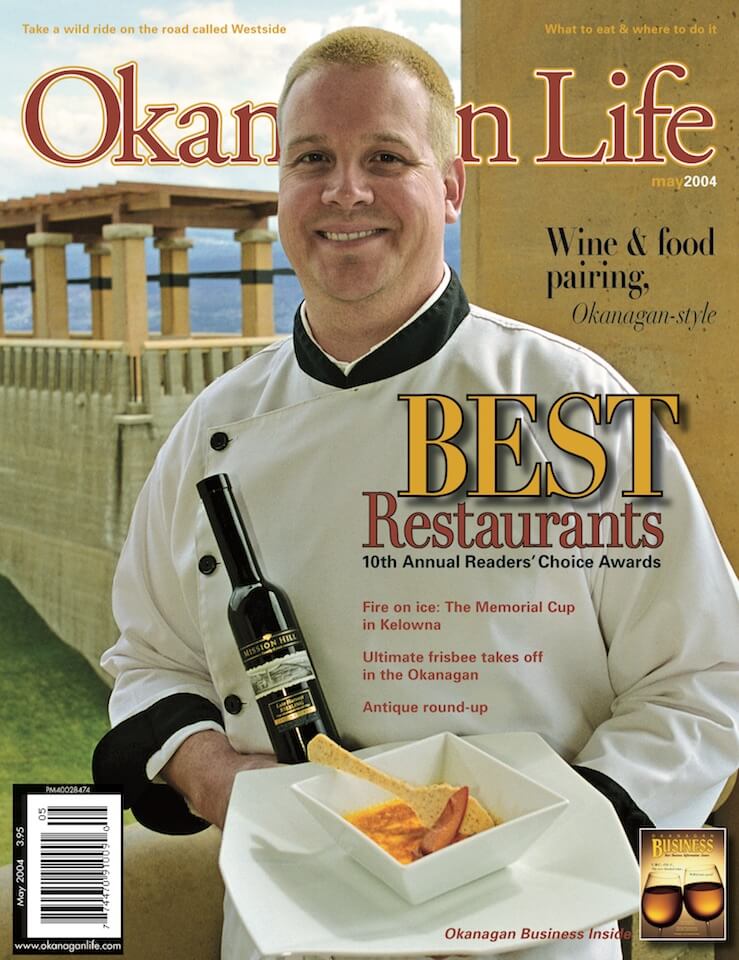
by Dr. Sharon McCoubrey
Sculptor Geert Maas celebrates a 20 year journey
Dancing goddesses, serious ancestors, and humorous sunbathers, all in gleaming bronze sparkling in the natural light, are part of a special celebration. It is the 20th anniversary of world-renowned sculptor, Geert Maas, creating and showing his artworks in Canada. After he left the Netherlands to settle in the southern interior of British Columbia, his new home in Kelowna became the Geert Maas Sculpture Gardens and Gallery.
Geert Maas is the creative, hardworking man who has dedicated his life to putting his many ideas into various expressions of art. The result is an amazing repertoire of two and three dimensional works rarely accomplished by a single artist. About 350 artworks are on permanent display at his Gardens and Gallery.
One has to marvel at the impressive talent that produces a wide range of artworks with such rich diversity including sculptures, multimedia installations, reliefs, paintings, prints and medals. The materials include bronze, other metals, stone, wood, clay and paint. The subject matter consists quite often of humanity in its broadest sense and images derived from nature. There is an emphasis on simplifying forms and contrasting proportions. The style of his art varies from realistic to abstract. When asked which medium among the tremendous diversity is his favourite, Geert identified bronze, often with multi patinas.
Maas is a true artist because he ensures that his artwork continually evolves and changes. He is to be commended for not being content with current success, but rather for looking ahead to the next idea or a different approach that will result in a new artwork. As a result, his audience is treated to works that are challenging and intriguing. As Maas explained, he must always be excited in and by his work.
Geert Maas has achieved international status as his artworks are in public, private and corporate collections in many countries including Australia, Brazil, France, Norway, Peru, China, and many others. He has also been selected for commissions in Japan, The Netherlands, Germany, Poland, and Canada. Maas’s numerous exhibitions in many countries started in 1967 in the Netherlands, while in 1982, he has had his first solo exhibition in Canada.
A key event that helped lead Maas to many international contacts was being included in the American Automobile Association Tour Books. After successfully passing an on site inspection, the Geert Maas Sculpture Gardens and Gallery was designated as “very special” based on the merit of the artwork, and therefore, warranted inclusion in the tour book, which exposes his artwork to worldwide travelers. To date, many travel books and magazines also feature this special site.
Geert is blessed with a supportive and hardworking partner, his wife Elly. They work as a team, together taking care of the operation of the Sculpture Gardens and Gallery including studio work, public relations, administration, and gardening. “She is a big part of my life as an artist,” says Maas.
One of the important roles Elly plays is her interaction with the visitors, many of whom are new to art and may not understand the subtle aspects of the artworks. She encourages and informs them, helping them understand art and to broaden their views about what art is or could be. She also works with many young viewers when the Sculpture Gardens accommodates school tours. Elly speaks about art with great confidence, ever since meeting Maas in The Hague and experiencing continuous in-depth art appreciation.
A process that is mysterious to the general public and of great interest to fellow artists is how an artist is able to create new images, new artworks. Geert has shared some of the sources of the ideas that then become his pieces.
Mainly, Maas explained, his ideas come from interaction with people and from organic forms. Citing an example of this use of organic forms for creating, the sculptor referred to a time in the early days of his work as an artist. He studied a bucket of potatoes, looking at their shapes. He joined the potatoes with toothpicks, then made three-dimensional versions of these structures. The organic shapes became sculptures. When these sculptures were exhibited, the potatoes were placed on display along with the sculptures to demonstrate the source of the works.
Sometimes, a specific request can be the impetus for a new artwork. Such was the case for public art in Osoyoos, requesting a sculpture of rattlesnakes. Creating artworks for Okanagan municipalities is very challenging for Maas, as he endeavours to understand the context of each particular community. He considers issues such as “What is the artwork’s relationship and impact in a site specific environment?” or “How will the light affect the sculpture?” These considerations then result in public artworks that fit well within their designated setting. In Maas’s words, “It is most exciting.”
Reflecting on potential new artworks, the sculptor feels he will do more with his ancestry series knowing that there are variations and related ideas to explore. Whatever the source for new artworks, one thing is for certain, as exclaimed by Elly, “Geert has no shortage of ideas.”
Meandering among the bronze sculptures that form one of the largest collections in Canada, is indeed a treat. Watching the sculptures change as the light varies with the day and the season, or watching the snow settle on edges then be replaced by the sun glimmering off rounded surfaces, is an enriching experience. Enjoying both indoor and outdoor art in one location is a
rare offering.
Highlighting this celebration will be a 20th anniversary Summer Exhibition at the Geert Maas Sculpture
Gardens and Gallery, 250 Reynolds Road, Kelowna.
The goddesses, ancestors and sunbathers will all be there.
Dr. Sharon McCoubrey is associate director of the Faculty of Education at Okanagan University College in Kelowna, B.C.
She is an art education professor and researcher; chairperson of the Lake Country Public Art Commission; and chairperson of the arts festival, Lake Country ArtWalk.
Read more of the original stories celebrated in our 30th-anniversary issue.
Best Restaurants – Best of the Rest- South Okanagan
Okanagan developers’ showcase
ELLA Mission Group has open sales at ELLA, a 20-storey condominium building featuring 116 homes and commercial opportunities at street level. Located on the corner of Ellis Street and Lawrence Avenue in downtown Kelowna, residents will enjoy access to the vibrant...
John E. Peller to keynote as Wine Talks returns to College
Together with Liquidity Winery, Okanagan College is presenting the third installment of its popular Wine Talks series on Tuesday, Oct. 24 at the College’s Penticton campus. The third event will feature a single keynote speaker whose recognition and distinction in the...
Con-Zen-tration
Over time, telling people I meditate has not been a bad thing; it’s given the impression that I’m in control, know my own mind, am relaxed and open to good and positive thoughts. This however is not always the case. I tend to meditate days after first thinking it...
Paul’s Voice: Power of the printed word
On a trek back to her hometown for a visit with her folks, my partner found an interesting read. At the renovated Club 50 Activity Centre, they found a worn, nearly 100-year-old treasured artifact: pages from the 1918 Kincaid Star. Now for the record, I’m a bit amazed...
Mission Group purchases historic 1.5 acres in Kelowna’s downtown
Mission Group is continuing to demonstrate its commitment to Kelowna’s downtown area with its recent purchase of 1.5 acres along downtown’s Bernard Avenue. The property located at 560-594 Bernard Avenue, across from the Towne Centre Mall was the former location of the...

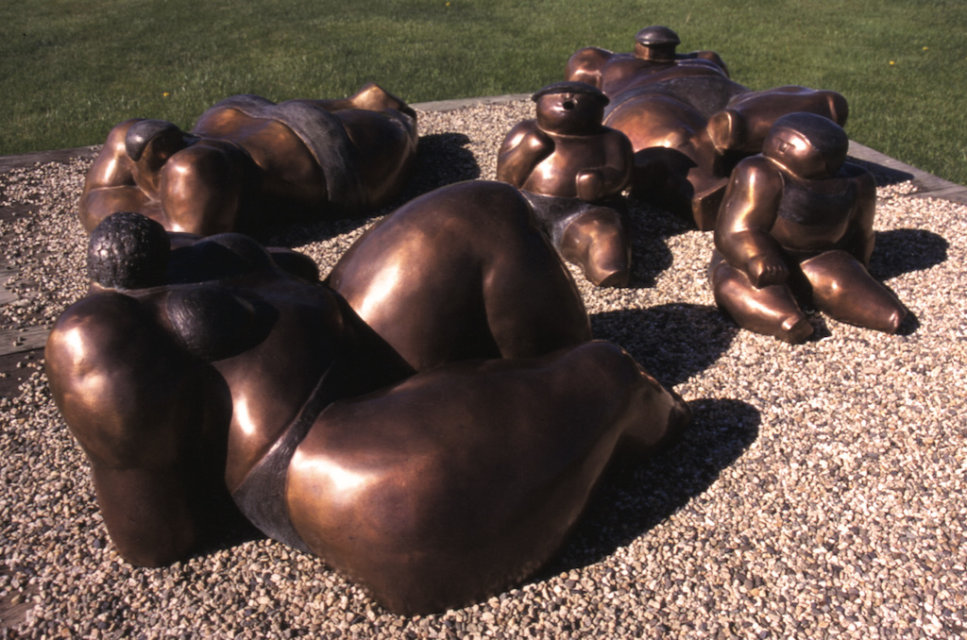
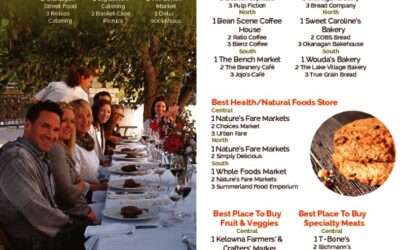

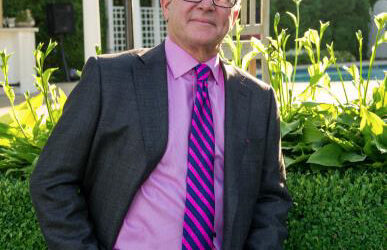

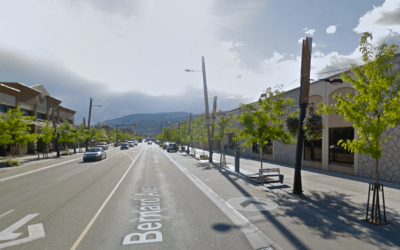
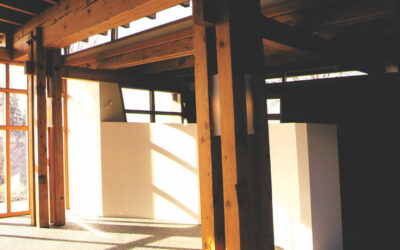
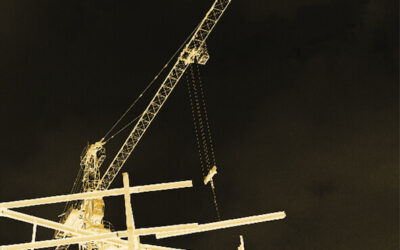
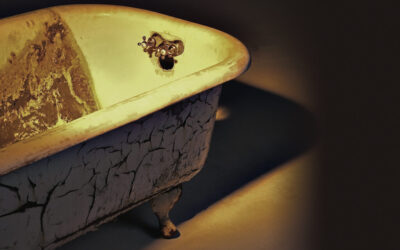
0 Comments